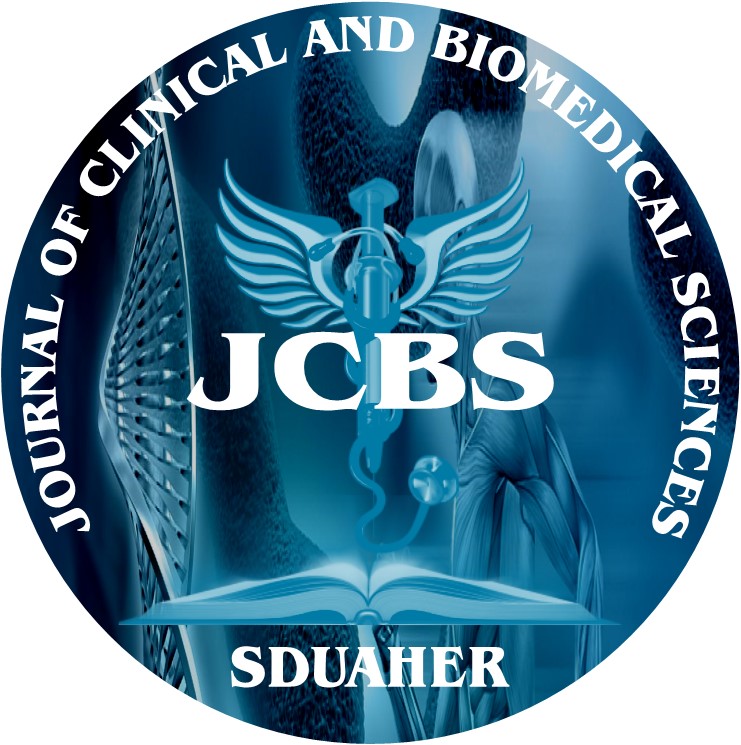


Journal of Clinical and Biomedical Sciences
Year: 2016, Volume: 6, Issue: 1, Pages: 24-27
Original Article
Balan K1, Sangeetha AV1, Abirami lakshmy J1, Vijayalakshmi TS2, Sheila Doris Devamani3
1. Assistant Professor
2. Professor and Head
3. Professor, Department of Microbiology, Karpaga Vinayaga Institute of Medical Sciences and Research Centre, Madurantakam, Kanchipuram, Tamil Nadu, India
*Corresponding Author
E-mail: [email protected]
Background: Enterococci has assumed a great clinical importance because of their increasing resistance to various group of antibiotics. Thus, knowledge about its species and antibiogram is of utmost importance in formulating an effective antibiotic policy to manage such infections and to reduce the resulting morbidity and mortality. Aims: To assess the antimicrobial susceptibility pattern of enterococci and to determine the prevalence of multidrug resistance among them. Materials and Methods: Clinical samples of patients in a referral hospital was studied over a period of one year and non-repetitive clinical isolates of enterococci were included. Speciation and antimicrobial susceptibility testing was done by Kirby Bauer disc diffusion method and minimum inhibitory concentration(MIC) of vancomycin was determined by agar dilution meth-od. Results: A total of 98 Enterococcal isolates from various clinical samples were obtained. E.faecalis (77.5%), E.faecium (15.3%), E.durans (4%), E.raffinosus (2%) and E.gallinarum (1%) species were isolated in order of frequency. Varying levels of resistance was seen to different antibiotics. All the isolates were re-sistant to penicillin and cefotaxime and none of the strains showed resistance to vancomycin and nitrofu-rantoin. Conclusion: Emergence and prevalence of multidrug resistant enterococci emphasises the need for routine speciation and in vitro antimicrobial susceptibility testing of enterococcus in various clinical sam-ples.
Keywords: Enterococcus spp., Antimicrobial susceptibility testing, Antibiotic resistance
Subscribe now for latest articles and news.